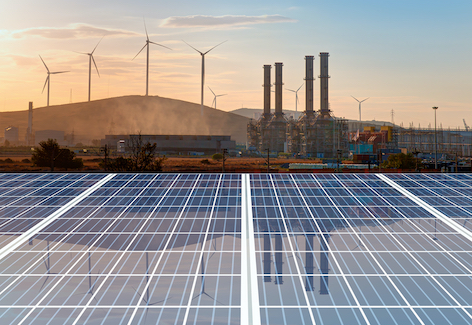PH continues to accelerate RE initiatives to meet 2040 targets
- July 25, 2024
- 0

The Philippines is continuously pushing for renewable energy (RE) to combat the increasing coal dominance in the country’s energy mix.
Former Department of Energy (DOE) Undersecretary Atty. Jose Layug Jr. said that coal had been taking over the Philippines’ energy mix accounting for 59.6% electricity generated in 2022.
Because of this, increases in power costs was seen. In 2022, the average
And even though President Ferdinand Marcos Jr. already signed the Service Contract No. 38, extending the exploration activities of the Malampaya Gas Project, Layug said that there is no assurance that additional gas reserves will be found.
“Recognising the need to reduce reliance on imported coal and oil, the Philippines has added another target of producing 50% of all energy with renewables by 2040,” Layug said in his piece for the Asia Business Law Journal.
Layug added that Prime Energy Resources, the operator of Malampaya, would need to invest to explore further potential for the gas project.
“Prime Energy Resources, needs to invest as much as USD600 million to explore potential gas fields near Malampaya. Any shortfall must be supplemented by liquefied natural gas imports,” Layug said.
The Depart
The second Green Energy Auction Programme concluded with a total capacity of 3,506.76 MW from renewable energy resources, slated for 2024 until 2026. The DOE has also been working on three more auctions covering various RE technologies.
While the DOE has accelerated RE programs, it recognizes the need for a calibrated approach to transition away from conventional fuels due to the intermittency and high cost of battery storage.